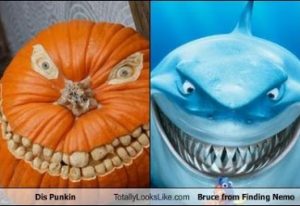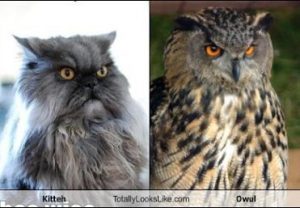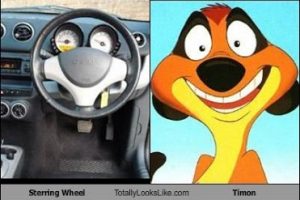Totally-Looks-Like: How Humans Compare, Compared to Machines
Perceptual judgment of image similarity by humans relies on a rich internal representations ranging from low-level features to high-level concepts, scene properties and even cultural associations. Exist ing methods and datasets attempting to explain perceived similarity use stimuli which arguably do not cover the full breadth of factors that affect human similarity judgments, even those geared toward this goal. We introduce a new dataset dubbed Totally-Looks-Like (TLL) after a popular entertainment website, which contains images paired by humans as being visually similar. The dataset contains 6016 image-pairs from the wild, shedding light upon a rich and diverse set of criteria employed by human beings. We conduct experiments to try to reproduce the pairings via features extracted from state-of-the-art deep convolutional neural networks, as well as additional human experiments to verify the consistency of the collected data. Though we create conditions to artificially make the matching task increasingly easier, we show that machine-extracted representations perform very poorly in terms of reproducing the matching selected by humans. We discuss and analyze these results, suggesting future directions for improvement of learned image representations.


